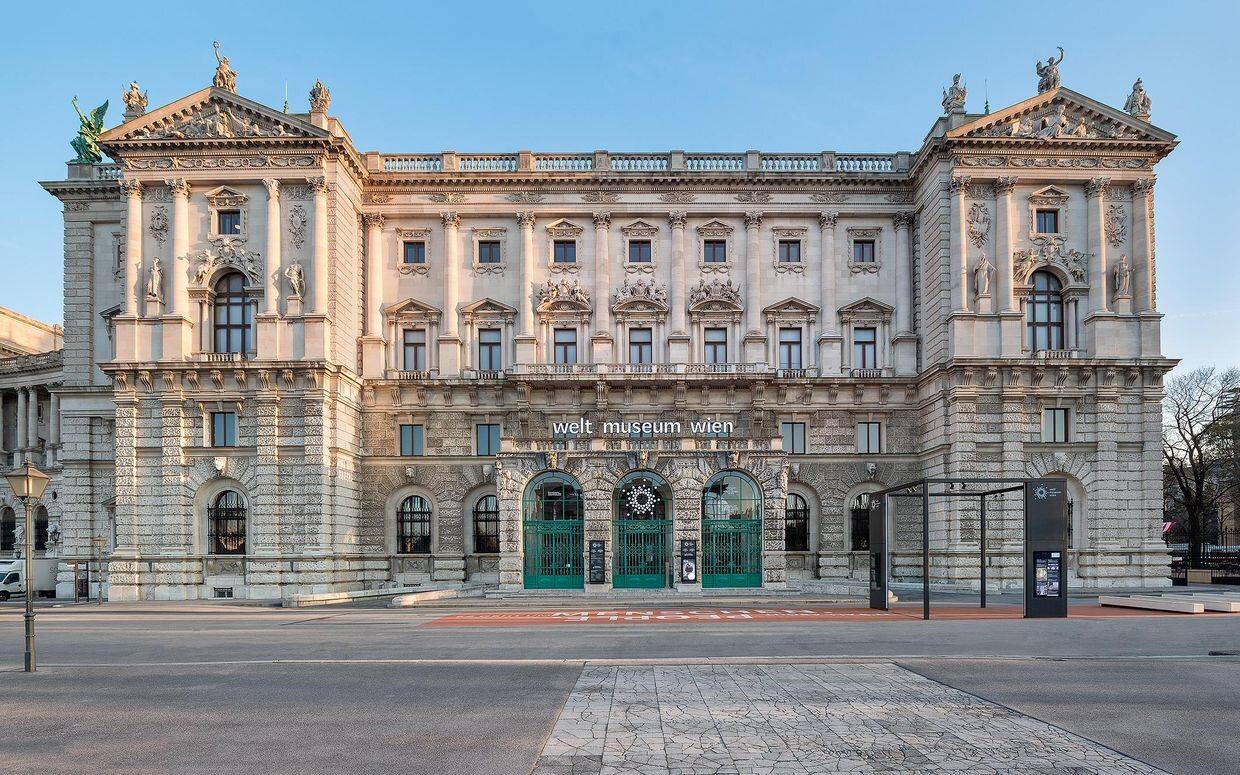The Aztecs at Weltmuseum Wien
THE AZTECS
October 15, 2020 — April 13, 2021
In 2020, the Weltmuseum Wien will present an exhibition on the legendary art and culture of the Aztecs (ca. 1430 - 1521 AD). This highlight exhibition focuses on tributes and sacrifices that played an important role in the Aztecs' economic and religious life. Particular attention is also paid to the Aztec capital Tenochtitlán, which served as a hub as well as the religious and cultural centre of the empire.
The special exhibition “The Aztecs“ was conceived by the Linden-Museum Stuttgart in cooperation with the Nationaal Museum van Wereldculturen in the Netherlands. It took place at Stuttgart in 2019 for the 500th anniversary of the conquistador Hernán Cortés' landing off the coast of Mexico.
The Aztecs dominated a large part of Mesoamerica at the time of the Spanish conquest in the early 16th century. As a nomadic people, the Aztecs finally settled on several small islands in Lake Texcoco, where they founded the city of Tenochtitlán, present-day Mexico City, in 1325.
In the 15th century, they created an empire surpassed in the Americas only by the Incas in Peru. The Aztecs are among the most well-documented of all Indian civilizations in the 16th century. Visitors retrace Cortés footsteps: starting with the periphery of the Aztec empire and the cultural diversity of Mexico, the exhibition leads to the sacred precinct of the capital Tenochtitlán.
The exhibition features more than 200 objects and items on loan from Mexican and European museums, including the Museo del Templo Mayor and the Museo Nacional de Antropología in Mexico City.
The world-famous feather headdress exhibited in the permanent exhibition will - among other objects from the Weltmuseum Wien collection - supplement the special exhibition “The Aztecs“. As part of a collaboration between Mexico and Austria, the last existing Aztec feather headdress has now been comprehensively cleaned and conserved. Thanks to this measure, the iridescent splendor of the feathers' green and blue tones and over 1500 gold leaves once again come into their own.

